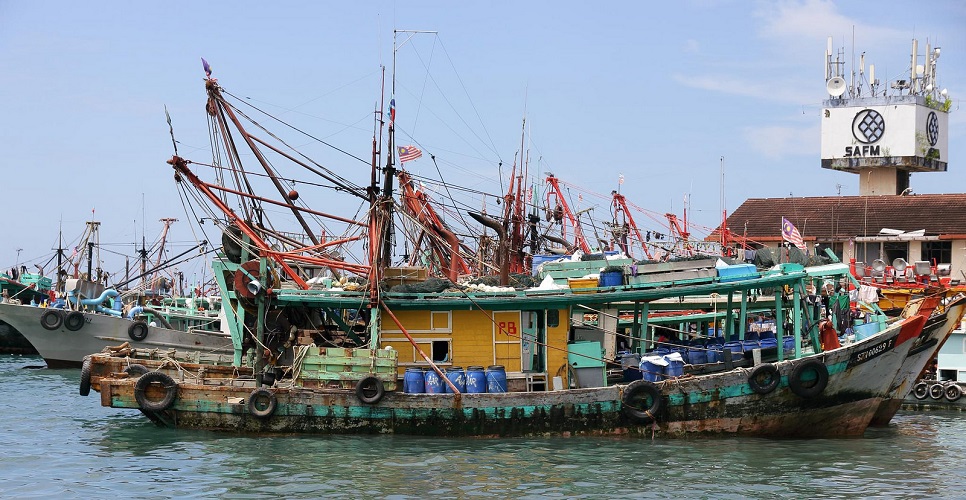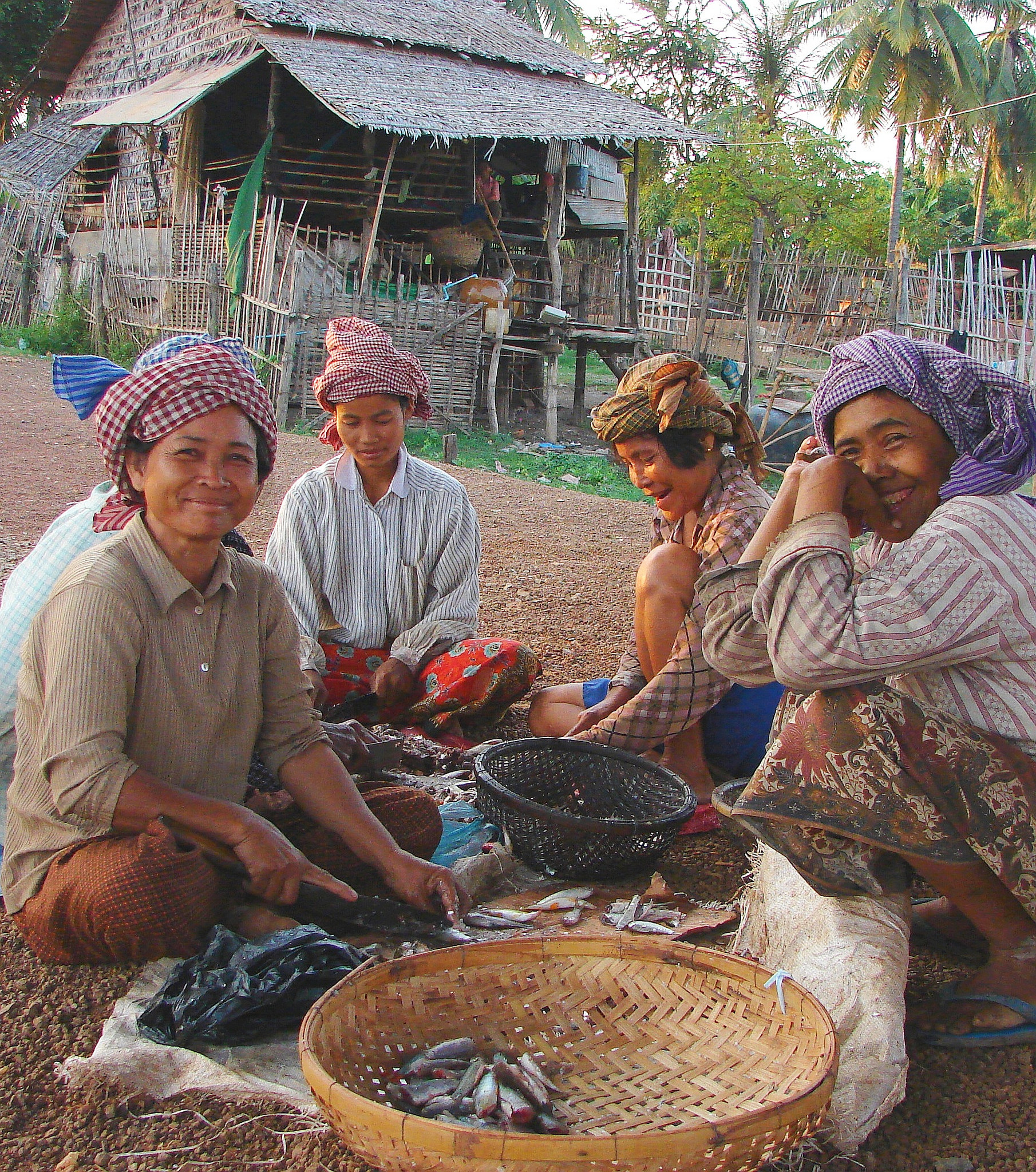Four countries in Southeast Asia have diverted almost 40 million tonnes of fish towards fishmeal production in the past six decades, as opposed to making it available for direct human consumption.
A new study by the Sea Around Us at the University of British Columbia reveals that government policies in Cambodia, Malaysia, Thailand, and Vietnam have focused on expanding their industrial fisheries and making them competitive, despite the fact that such growth may not always benefit their own countries’ food security.
“When we looked at the total amount of fish landed by industrial fisheries versus the production of small-scale fisheries in these countries and omitted the amount of fish destined for fishmeal, we noticed that artisanal and subsistence fishers provided more fish for human consumption during the entire second half of the 20th Century,” said Lydia Teh, lead author of the study published in Frontiers in Marine Science.
According to Teh, even though some may argue that the production of fishmeal also supports food security, as the product is used to feed livestock and aquaculture fish, it is very unlikely that the practice can be carried out for a long time, as it relies on the extraction of massive amounts of fish using methods that destroy entire ecosystems and don’t give them enough time to recover.
“Using fishmeal in aquaculture, for example, is not ecologically sustainable because we are still relying on wild-caught fish as an input for farmed fish, so producing more farmed fish as a solution to food security does not lessen the pressure on wild-caught fish,” the researcher said.
Particularly in this region of the world, the dramatic increase of fishing pressure by industrial fleets caused a fall in coastal fish stocks in the 1990s to just one-tenth of their levels in the mid-1960s. As they cannot travel long distances to fish in remote areas, small-scale fishers are the most affected by this kind of development.
For example, the study reports that in Thailand, small-scale fishers were able to catch up to eight times as much fish in the 1980s compared to 2000s, while in Vietnam, they perceived that fish catch decreased by over 40 per cent over the span of the 2000s. Overall, the Sea Around Us research found that small-scale fleets used to be responsible for 80 per cent of the four countries’ total catch in the mid-1960s and that number declined to 35 per cent in 2013.
Such a fall has a direct impact on people’s access to nutritious food. “If artisanal and subsistence fisheries are the backbone of socio-economic well-being in coastal communities in these countries and most of the fish they rely upon is taken by giant fleets and turned into fishmeal or exported, then it is time for governments to use reliable data like those presented in this study, address the inequitable distribution of resources between the small-scale and large-scale fisheries and design policies on sustainable fisheries and marine management that foster the work of small-scale fishers,” said co-author and the Sea Around Us Principal Investigator, Daniel Pauly.
The paper “Who Brings in the Fish? The Relative Contribution of Small-Scale and Industrial Fisheries to Food Security in Southeast Asia” can be accessed on Frontiers on Marine Science https://doi.org/10.3389/fmars.2018.00044




